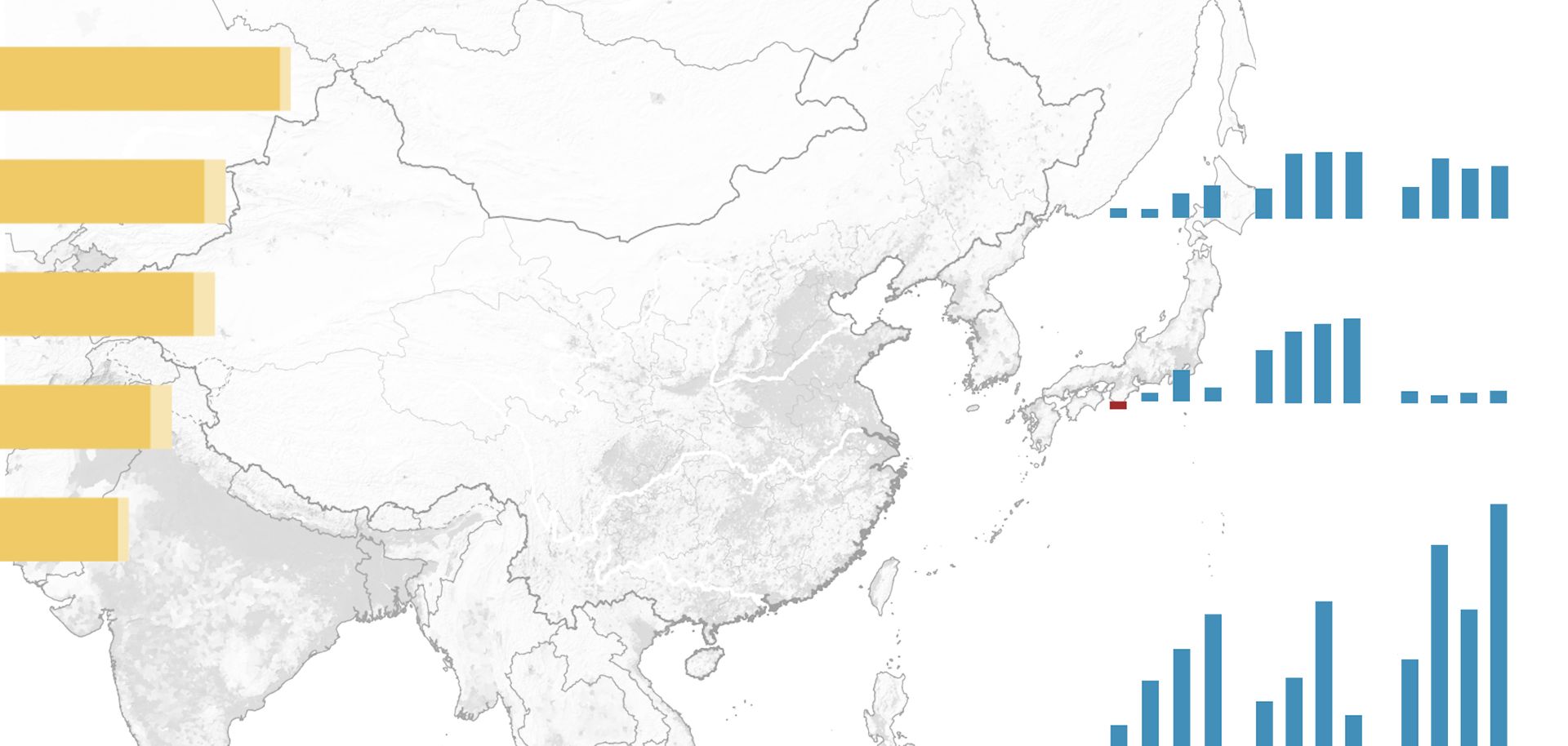
When a government spends more money than it brings in with taxes, it typically issues bonds to make up the shortfall. The market and central bank then buy those bonds since they are, in theory, the safest asset available. The more a government issues, the higher the risk that it will be unable to pay them off — and, as a result, the higher the interest rate the market demands. There is, however, a way to skirt the consequences of piling on more debt. A government could persuade the central bank to buy its debt, printing new currency to do so. This situation is known as fiscal dominance, in which the amount of money a central bank issues — in other words, the state's monetary policy — is decided by the government's spending needs rather than the economy's. But the costs of the government's mounting debts haven't been erased; they are simply borne by the country's currency, which becomes less valuable abroad.
Japan's first brush with fiscal dominance came in 1932, when the Japanese economy was growing as sluggishly as it is today. The boom years of exporting materiel to Europe during World War I had subsided, and in response to the mounting deflationary pressure on the yen, newly installed Finance Minister Korekiyo Takahashi abandoned the gold standard in December 1931. The value of Japanese currency against the U.S. dollar fell by 60 percent over the next year, and government spending began to rise. Tokyo tried to jump-start the economy with funds that were underwritten by the Bank of Japan, freeing the government from fears of soaring interest rates. The money was largely funneled toward social and infrastructure projects, though Tokyo also set aside some to finance its budding military aspirations in Manchuria. The central bank, meanwhile, slashed interest rates in an effort to encourage borrowing. In concert, all of these measures saw great success. The Japanese economy roared back to life, inflation rose and the country entered into one of the strongest periods of growth it would see in the 20th century.
But all good things must come to an end, and fiscal dominance — as is so often the case — proved to be a tap that could not easily be turned off. By 1936, it had become clear that inflationary pressure was building and prices were on the verge of spinning out of control. Takahashi tried issuing fewer bonds, but his efforts forced deep cuts to military spending, which created friction between the government and an increasingly powerful army. In February 1936, a group of military officers assassinated the finance minister, and the armed forces gradually assumed control of the country, subordinating Japan's economy and institutions to the military's objectives as the world moved closer to World War II.
Following the Bank of Japan's Sept. 21 press release, the Japanese government, for the first time since 1945, has the central bank's explicit commitment to keep interest rates at a predictable level, no matter what. If it chooses to, Tokyo can increase spending without worrying about the consequences, knowing that it would be underwritten by the Bank of Japan. With literally unlimited fiscal capacity at its disposal, the government would be able to drive up economic growth and inflation. But as was true of Takahashi's policies, the costs of temporary success would take time to make themselves known, likely only emerging when attempts to shut off the funding taps reveal that reversing fiscal dominance is easier said than done.



